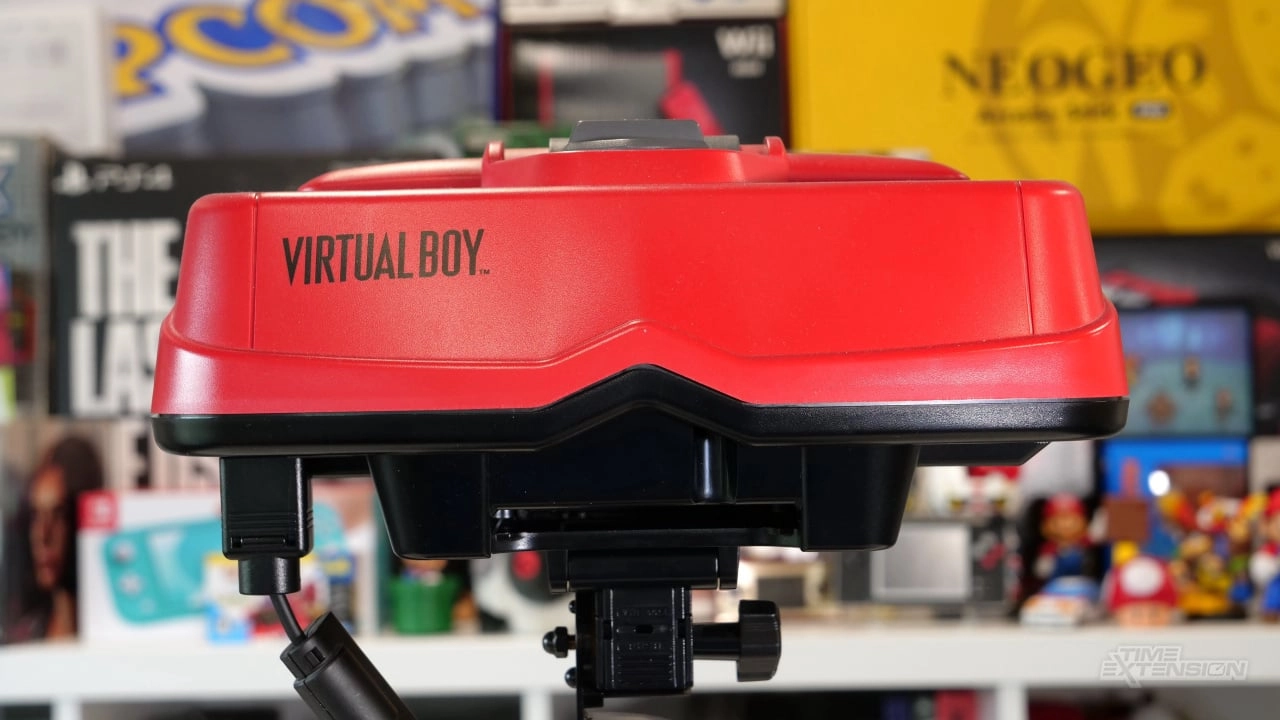
A fresh glimpse into Nintendo's unique but ill-starred venture into 3D gaming is on the horizon with "Seeing Red: Nintendo's Virtual Boy." This new book, authored by academic José P. Zagal and technology historian Benj Edwards, aims to shed light on the Virtual Boy, taking its place in the esteemed "Platform Studies" collection from MIT Press. These studies are devoted to examining the underpinnings of digital media, and this particular installment is set to launch on May 14th.
The Virtual Boy, released in Japan in 1995 and a year later in North America, was Nintendo's ambitious foray into stereoscopic 3D gaming. However, the console is better known for its shortcomings and commercial failure rather than its advancements in gaming technology. With "Seeing Red," Zagal and Edwards have taken on the task of dissecting exactly why Nintendo’s red-tinted foray into virtual reality did not succeed as expected and offer a fresh perspective on how it actually fit into the overall narrative of video game history.
The authors endeavor to revisit the Virtual Boy's claim to fame - its technical specifications and the unique gaming experiences it offered. Despite being notorious for causing discomfort and being difficult to use, the console had certain design and technical capabilities that were revolutionary for the time. The work of Zagal and Edwards involves unpacking these features and examining them within the greater context of how they were received by the gaming audiences of the 1990s.
The book also promises to provide fascinating insights into the Virtual Boy’s functional details, along with an extensive appendix. This appendix is noted to document all 22 games that were officially released for the console, accompanied by screenshots, thereby immortalizing the exclusive titles that remain part of the Virtual Boy legacy. Among the pages, readers can expect to find thoughtful analysis on the console’s game library, offering a reevaluation of its distinctive visual aesthetic style – a style largely unappreciated and overshadowed once gaming transitioned to polygonal 3D graphics.
Aside from reassessing the platform itself, "Seeing Red" tells the story of an era - the 1990s in the United States, to be specific - when Nintendo took a bold risk that ultimately became a cautionary tale within the gaming industry. The book argues that the meaning of the platform is as much embedded in its design as it is in the cultural perception of its potential and capabilities. This is an angle that could provide both industry professionals and gaming enthusiasts with an enriched understanding of how Nintendo's aspirations for the Virtual Boy translates to broader implications about how we view gaming consoles.
Interested readers won't have to wait long to dive into this retrospective piece, as pre-orders for "Seeing Red" are already available on Amazon. The book is slated to be affordable, with the paperback version priced at $30, and a Kindle edition ready for consumption at $21.99. As they cover the historical and technical aspects of the console, Zagal and Edwards aim to illustrate just how audience perception and context play significant roles in the story of any gaming platform.
By framing the Virtual Boy within a lineage of immersive visual entertainment devices stretching back over a century, the authors propose a broader significance for the console than its commercial outcome suggests. Through their analysis, "Seeing Red" seeks to revitalize interest in this often-overlooked chapter of gaming history, positioning the Virtual Boy not just as a flop, but as an interesting moment of innovation and ambition within Nintendo's storied past.
Exploring the nuanced contours of video game history, "Seeing Red: Nintendo's Virtual Boy" is more than a book about a failed console—it’s a journey through the aspirations of Nintendo and the lens through which we view technological advancement. Zaagal and Edwards offer readers a chance to comprehensively explore an ambitious yet flawed piece of gaming history and appreciate its place within the larger tapestry of digital entertainment.
You must be logged in to post a comment!